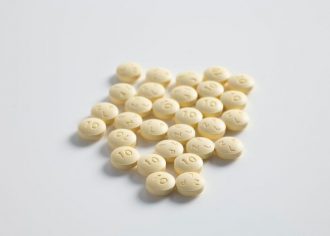
January 20, 2020
Bryan Wheelock talks to Diagnostics World News about the Value of Diagnostic Patents and Why Congress Must Protect Diagnostic Inventions
St. Louis patent attorney Bryan Wheelock spoke to Diagnostics World News about the significant role patents play for diagnostic developers in attracting investors and developing new technologies. He also shares his thoughts about the Supreme Court’s decision not to grant certiorari in Athena Diagnostics v. Mayo Collaborative on January 13 and how it is now up to Congress to restore protections for inventions and discoveries for diagnostic technologies.
Diagnostics World News: Has the inability to protect diagnostics with patents led to reductions in investment in diagnostic products?
Bryan Wheelock: Common sense indicates that the lack of protection affects investment. As Senators Tillis and Coons observed in their June 2019 statement after their patent reform hearings, anyone who watches Shark Tank knows that “the ability to secure patent protection plays a vital role in securing funding for new ideas.”
Relying on government funding, the kind of basic scientific research that discovers the science behind new diagnostic technologies will continue, even if private investment is reduced. However, what is harder to replace is the investment in developing commercial diagnostic products, shepherding these new products through the regulatory process, and promoting acceptance and adoption of the products. Some estimates of the cost of developing a new diagnostic product are as high as $75 – 100 million. Rational investors need some comfort that these costs can be recouped and restoring patent protection for diagnostic products provides that comport and is a way to speed both the discovery and delivery of new diagnostic products.
How will the passage of patent eligibility legislation change how diagnostics companies develop their tests?
If patent eligibility legislation restores protection for diagnostic inventions, companies that reduced their investment in diagnostic products will increase their investments; companies that continued to invest in diagnostic tests will reallocate their resources to riskier, but potentially more profitable tests; and companies that relied on secrecy to protect their developments can rely upon more public methods of exploitation [i.e., with patents].
…


